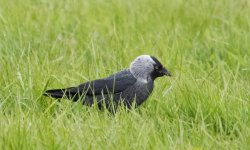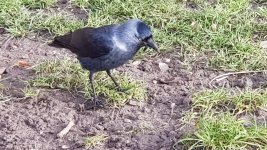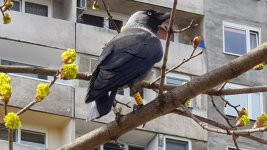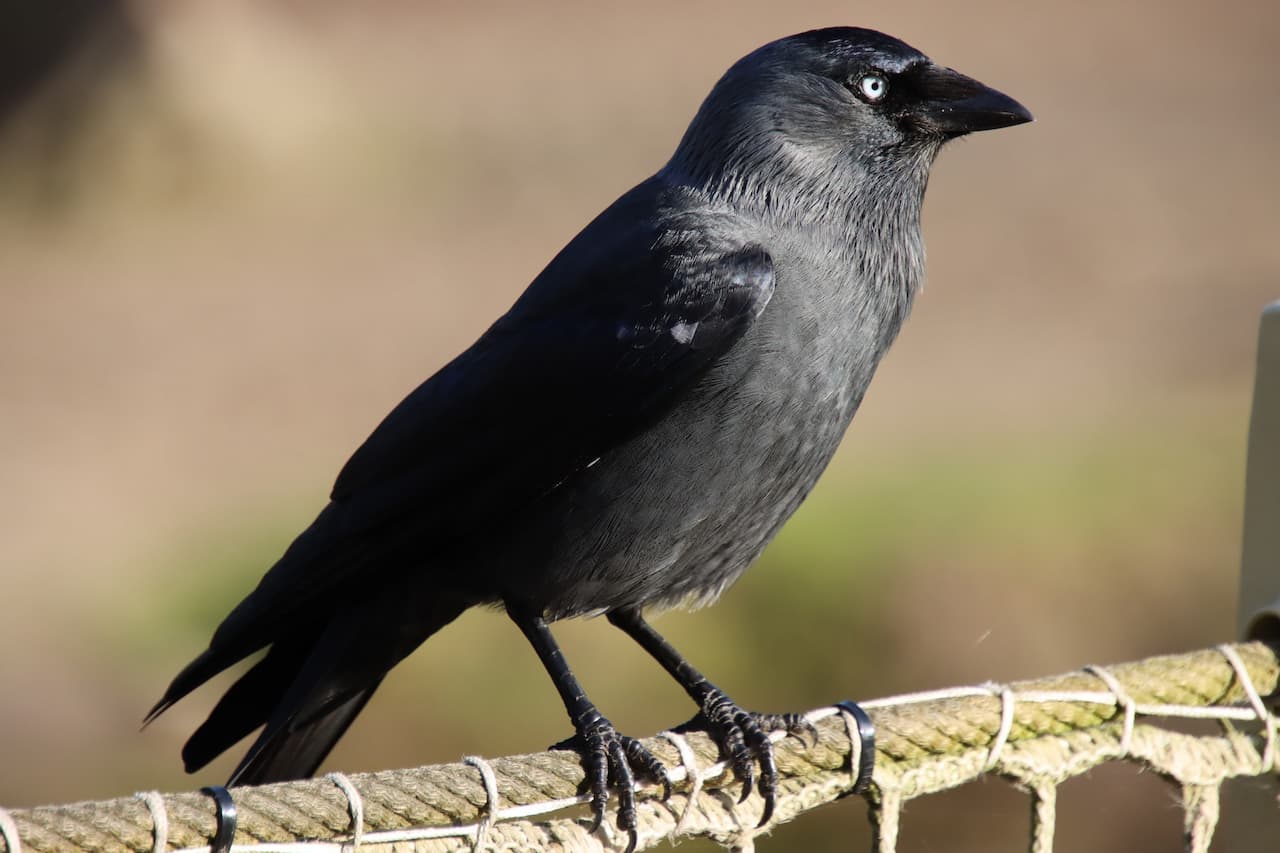I wonder what subspecies do some birds wintering in Kiev represent (
monedula,
soemmerringii or something in between?):
Macaulay Library ML268023771; © Dmytro P; Kyïv, Ukraine

macaulaylibrary.org
Macaulay Library ML386125181; © Sviatoslav Saviak; Kyïv, Ukraine

macaulaylibrary.org
Macaulay Library ML194730441; © Sergo Travelian; Kyïv, Ukraine

macaulaylibrary.org
Or, maybe this is the
Polish intergrade? Not the kind of bird you often see in central Poland, at least.
I used to think such birds are
soemmerringii, e.g. here:
Macaulay Library: interesting jackdaw from India
Below a photo from eastern Poland, and it stands out among the local Jackdaws there:
Macaulay Library ML409629681; © Tomasz Gustyn; Lubelskie, Poland

macaulaylibrary.org
Looks like they're more probably those
Polish intergrades in the end. But where from--not from Poland, it seems?
Now re your post:
1) On a quick look, the vagrant
soemmerringii in
monedula2003 has very pale neck sides and a drab throat apart from the white collar, so everything should be fine with the criteria.
2)
I've also consulted Handbook of Western Palearctic Birds (Shirihai & Svensson) and they say a "majority have grey-white mark or half-collar, but a prominent and long whitish mark only occurs in c. 50%" and "birds without grey-white collar patch can be inseparable from monedula".
So I think there is no doubt about that a grey-white collar is one important character of soemmerringi. But there is also individual variation and a cline over the area where these ssp live, so it's not a definining differential character. Another important character of seommerringi that both sources above mention, is a lighter, more contrasting nape and ear-converts which stand out against a black crown and throat.
It seems to agree with my current idea of what it looks like (together with the part slightly downplaying the significance of the collar). The fact that a dark throat is mentioned under Nordic Jackdaw but not Eastern Jackdaw makes me assume the latter has it drabber (taken from
Western jackdaw - Wikipedia), or at least not contrasting with the rest of the underparts, be it black or dark grey, i.e. yes to neck sides vs throat contrast, but no to throat vs underparts contrast. I might be getting it wrong.
3) At least some birds in North-Western Russia could well be intergrades. Birds east of the Ural are hard to square with whichever definition of
seommerringii was proposed here (I tried to dig deeper in another thread of mine:
Macaulay Library: interesting Jackdaw from India--link above in this post). So, I'd be cautious about saying that all Jackdaws in Russia conform to the definition of
soemmerringii.
4) Finland has intergrades, at least partly, according to the map from your first post. Maybe your local Jackdaws are intergrades of some sort as well? The breeding birds in Norway and the one in the Swedish plate have much more light grey than yours: is it possible that the ones you have now are overwinterers from some subspecies overlap zone farther east, while your actual breeding population has gone south?
5) The three birds at the top were photographed in winter. I'm not convinced such birds breed here, but maybe (I'd be inclined to believe such birds might breed a bit further north)?
Macaulay Library ML612371842; © Igor Długosz; Malopolskie, Poland

macaulaylibrary.org
Macaulay Library ML612371841; © Igor Długosz; Malopolskie, Poland

macaulaylibrary.org
Macaulay Library ML612371839; © Igor Długosz; Malopolskie, Poland

macaulaylibrary.org
Classing them as intergrades would also be consistent with what I was intending to post before I read your message (the part before the three enters).
Thank you for so many useful links! A lot to catch up with for me.









